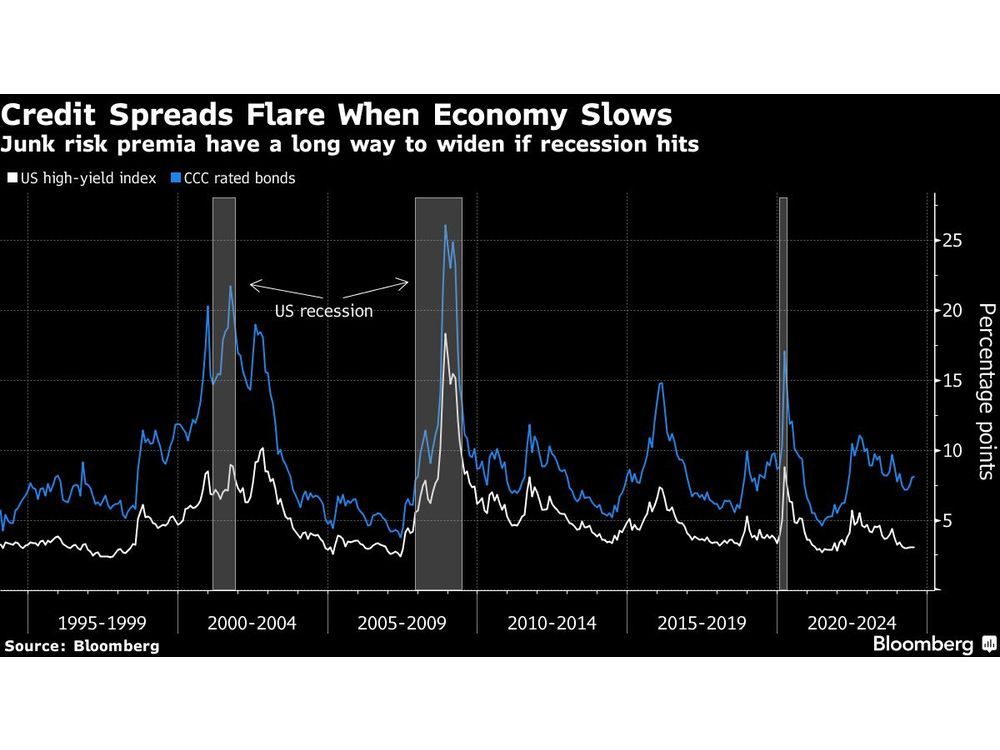Follow us on LinkedIn
What are Credit Default Swaps?
A credit default swap (CDS) is a financial instrument that allows investors to exchange their credit risk with another party. It is a type of swap, which is a financial derivative. Credit default swaps require one party to acquire a CDS from another party. It ensures that the seller will reimburse the lender in case the borrower defaults.
Credit default swaps are common credit derivatives. Usually, insurance companies, banks, or hedge funds provide these swaps. In exchange for these instruments, these parties collect a premium from the buyer, usually each quarter. This way, both parties get to benefit from the transaction.
Credit default swaps are financial instruments, more specifically financial derivatives. They can help parties hedge their risks by swapping them. Therefore, they are also hedge instruments. The accounting for credit default swaps falls under hedge accounting. For entities following IFRS for reporting purposes, IFRS 9 will apply. On the other hand, ASC 815 provides guidance on how to account for CDS under GAAP.
What are the accounting treatments for Credit Default Swaps?
As mentioned, two accounting standards provide guidance on how entities should account for credit default swaps. The treatments under both of these are as below.
IFRS accounting treatment for CDS
IFRS 9 provides three categories for reporting entities to report their financial assets. These include amortized cost, fair value through other comprehensive income, and fair value through profit or loss. Similarly, the standard provides criteria for the first two categories. Financial assets that do not fall under these categories will fall under the fair value through profit or loss treatment.
Credit default swaps do not match the criteria for the first two categories. Therefore, reporting entities must account for these derivatives under the fair value through the profit or loss model. Initially, entities must record these swaps at fair value. Any transaction costs under this treatment must be treated as an expense. However, entities may elect to apply hedge accounting by designating the CDS as a hedging instrument in an eligible hedging relationship.
Under the fair value through profit or loss treatment, entities must remeasure the fair value of the CDS at each reporting date. Any differences in the fair value will become a part of the income statement or the statement of profit or loss. In case of fair value gain, the accounting treatment will be as below.
Dr Credit Default Swap
Cr Profit or Loss
In case of a loss, the accounting entries will be as below.
Dr Profit or Loss
Cr Credit Default Swap
GAAP accounting treatment for CDS
The accounting treatment for credit default swaps under GAAP is similar to the IFRS. ASC 815 requires reporting entities to record CDS on the balance sheet as an asset or liability. Furthermore, it entails that the entity must measure it at fair value with changes in the fair value reported in earnings. However, if the entity designates a qualifying hedge relationship, it can choose otherwise.
Under this approach, the accounting treatment and entries will be similar to the IFRS. Therefore, the above double entries will also apply in this case.
Conclusion
Credit default swaps are financial instruments through which an entity can hedge its credit risk. Usually, there are two parties involved in the financial contract. The accounting for credit default swaps is similar under IFRS and GAAP. Both standards require reporting entities to measure any changes in the derivative’s fair value in the income statement through earnings.
Further questions
What's your question? Ask it in the discussion forum
Have an answer to the questions below? Post it here or in the forum
Meta rolled back January 6-era restrictions on former President Donald Trump's social media accounts ahead of the Republican National Convention.



June saw 75 filings, up from 62 in May and above the pandemic-era peak of 74 in July 2020, according to S&P Global Market Intelligence.

Credit markets are breathing a sigh of relief after inflation data showed price pressures are cooling broadly, but a weakening economy poses fresh risks to corporate debt.